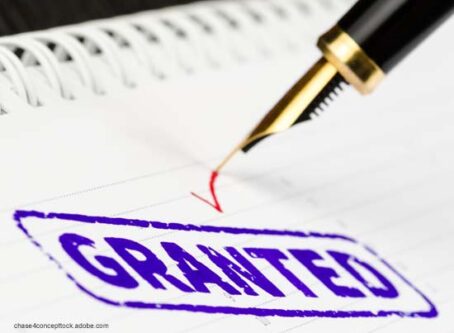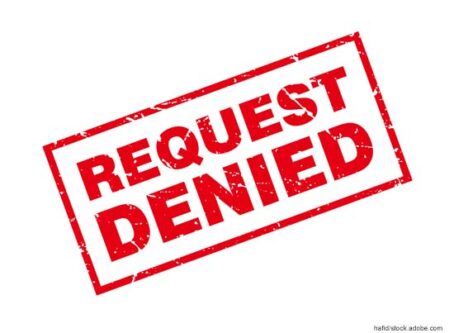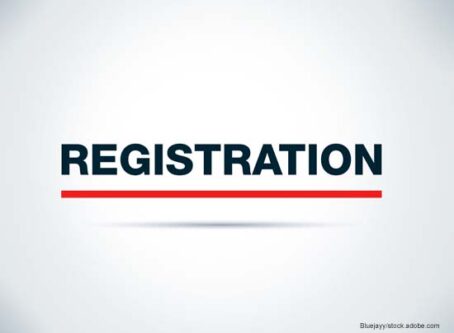U.S. DOT announces changes to drug and alcohol testing programs
The U.S. Department of Transportation is making some changes to transportation workplace drug and alcohol testing programs – most notably adding another option when it comes to the sample collection process.
In a final rule set to publish to the Federal Register on May 2, the agency will announce an amendment to its drug testing program that will allow for the inclusion of oral fluid testing. According to the U.S. DOT, the additional testing method will “give employers a choice that will help combat employee cheating on urine drug tests and provide a less intrusive means of achieving the safety goals of the program.”
According to the U.S. DOT, the final rule is not intended to replace current collection methods but simply to add to the choices employers and drivers have when taking an agency-issued test.
“HHS has determined oral fluid drug testing, like urine drug testing, is accurate and defensible,” the agency wrote in its final rule. “With both drug testing methodologies being scientifically accurate and forensically defensible, there is no reason to eliminate either methodology. Similarly, we see no reason to mandate either methodology.”
The rule will go into effect 30 days after it is published. Prior to the rule becoming effective, the U.S Department of Health and Human Services will need to certify laboratories to conduct oral fluid testing. At this time, the agency is yet to certify any labs for the oral fluid collection method.
The rulemaking follows HHS’s 2019 rule which allowed federal executive branch agencies to use oral fluid specimens as part of their drug testing program. While that rule went into effect at the start of 2020, each agency is required to go through its own rulemaking process. For the U.S. Department of Transportation, that process began in February 2022.
The rulemaking will apply to all federal offices that fall under U.S. DOT control. Industries regulated by the following agencies will be affected by the impending changes:
- Federal Aviation Administration
- Federal Motor Carrier Safety Administration
- Federal Railroad Administration
- Federal Transit Administration
The U.S. DOT says the reason for the addition can help serve two purposes. First, adding oral fluid collection gives individuals greater flexibility to choose the testing method. This can be especially helpful when certain medical conditions make providing a urine sample problematic. Additionally, individuals can weigh the costs associated with each type of test prior to choosing a collection method, which could help drivers save money.
The second reason for the inclusion of oral fluid testing is privacy. In some instances, U.S. DOT drug tests will need to be directly observed to confirm the accuracy of the specimen. In those cases, the agency says that oral fluid testing is an ideal alternative.
“All oral fluid collections are directly observed because they are always collected in front of the collector. Unlike a directly observed urine collection, an oral fluid collection is much less intrusive on the tested employee’s privacy,” the agency wrote. “Therefore, adding oral fluid testing as an option is consistent with the careful balancing of an individual’s right to privacy with the Department’s strong interest in preserving transportation safety by deterring illicit drug use.”
In March 2022, the agency requested public comment on the then-proposed drug testing rulemaking. They received over 450 comments, including those from the Owner-Operator Independent Drivers Association.
“OOIDA concurs with DOT’s assessment that oral fluid testing would be less expensive than urine testing,” the Association wrote in comments signed by President Todd Spencer. “We also agree that collecting an oral fluid specimen could require less time than collecting a urine specimen and can occur in more convenient or accessible locations, thereby providing drivers with more flexibility and costs savings.”
While the Association supported the inclusion of oral fluid testing as an alternative collection method, they stressed the need for the agency to help inform more in the industry about its possible benefits before making it the mandated practice.
“Moving forward, the department must continue educating industry stakeholders about the scientific and forensic supportability of oral fluid testing. Oral fluid testing should remain an alternative to urine testing until transportation workers and employers are more familiar with the mandatory guidelines established by the U.S. Department of Health and Human Services.”
The rulemaking only calls for the addition of oral fluid testing. In the final rule, the U.S. DOT adds, “it is important to note hair testing is outside the scope of this rulemaking.”
OOIDA has been vocal in its opposition to the agency including hair testing, questioning its reliability due to contamination from the environment and the interference of cosmetic treatment on the analysis of hair. Furthermore, the Association says that variances in hair types can create issues when it comes to testing. LL









